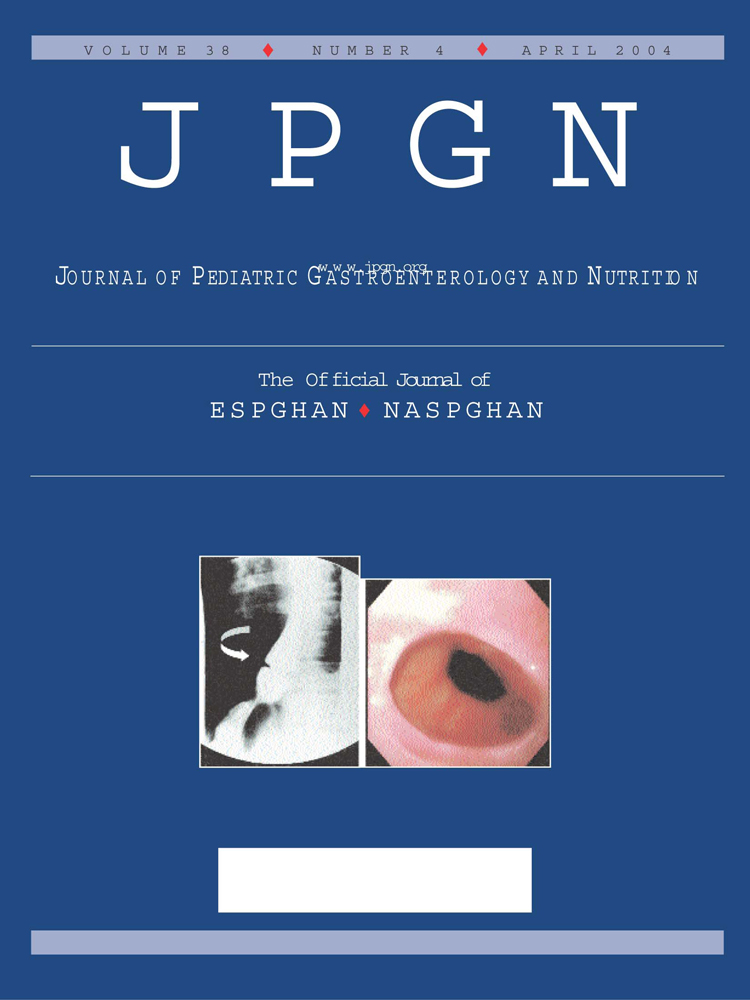Developmental Pharmacokinetics and Pharmacodynamics of Nizatidine
Supported in part by a grant from Reliant Pharmaceuticals, LLC and grant 5 U01 HD31313–09 (GLK) Network of Pediatric Pharmacology Research Units, National Institute of Child Health and Human Development, Bethesda, Maryland, U.S.A.
ABSTRACT
Objectives:
To characterize the impact of development on the pharmacokinetics and pharmacodynamics of nizatidine.
Methods:
Children (age range, 5 days–18 years) and adults (age range, 18–50 years) were enrolled in four open-label trials. Nizatidine formulation and dose were determined by age: infants received 2 or 4 mg/kg IV, children 2.5 or 5 mg/kg in one of three oral liquid formulations, and adolescents and adults received a fixed 150-mg capsule. Nizatidine and N-desmethylnizatidine concentrations were measured in serial post-dose plasma samples by a high-performance liquid chromatographic assay with mass spectrometric detection. Intragastric pH was recorded during a 24-hour post-dose interval.
Results:
Data on 93 subjects were combined with previous values from 36 individuals to cover an age group not adequately captured and to control for formulation effects. Dose-normalized exposure estimates revealed no apparent age dependence; however, maximum plasma concentration (298.5 ± 100.7 v 552.8 ± 152.4 ng/mL per mg/kg dose) and AUC0-∞ (954.4 ± 379.8 v 1,573.0 ± 347.4 ng*hour/mL per mg/kg dose) were reduced in extemporaneous formulations in apple juice. The apparent modest age dependence observed for total body clearance (Cl/F) (r2 = 0.365) and Vss/F (r2 = 0.221) reflected a formulation-dependent decrease in bioavailability rather than a true age effect. The age-associated changes in λz observed for nizatidine and its metabolite were predictable and consistent with developmental acquisition of renal function. Mean and median pH, as well as fraction of time that the dosing interval remained above target pH values, were significantly greater with administration of the drug than without.
Conclusions:
The biodisposition of nizatidine in children and adults is similar; however, response after a comparable weight-based dose is equal and potentially greater in children.




